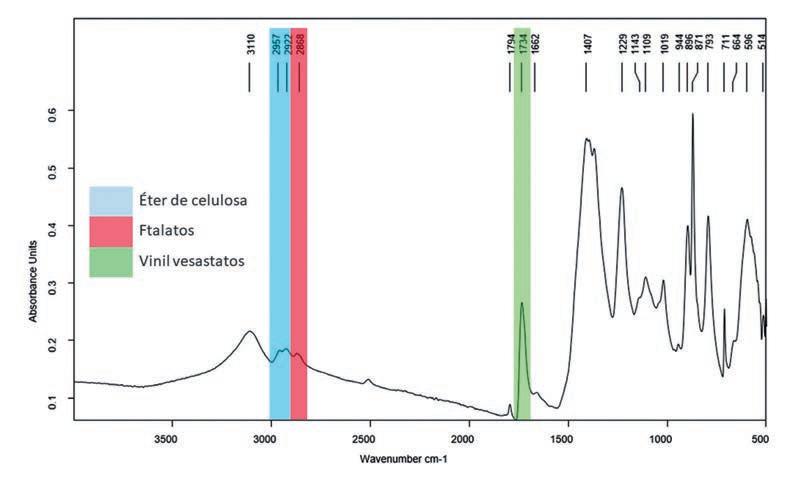Dismantlement, Dismemberment. Destruction? Reflections on a 1960s Vitreous Enamel Mural by Stefan Knapp in Paramus, New Jersey CÁTIA VIEGAS WESOŁOWSKA
The relocation, recycling and sometimes destruction of public artworks due to changes in tastes and urban landscapes is commonplace all over the world. Examples of artworks attached to buildings suffer complete destruction with the demolition of the sites and public artworks in parks and other outdoor areas are replaced and sometimes destroyed to allow for new urban planning to take place. Many times the decision makers include local authorities, building owners or investors whose aim is to develop the urban setting. Unfortunately most often then not, conservators are excluded from the process and informed decisions on preservation alternatives, documentation and possible relocation are therefore excluded from the decisions. Authenticity of site-specific artworks has been part of conservators’ methodologies in recent years, although the development of a theoretical foundation to support some of the ethical decisions is still a continuous process. This paper focuses on the challenges posed to conservators dealing with artworks that have been dismantled from architectural settings and sold as individual pieces. It focuses on the artist Stefan Knapp (1921–1996) and one of his large-scale vitreous enamel on steel murals made in the 1960s for the Alexander’s Department Store in Paramus, New Jersey. The acts of “dismantlement and dismemberment” are reflected upon through questions of artwork integrity and original location versus community significance. This paper intends to outline alternative decisions that have been made outside the boundaries of the conservation profession.
07 STEFAN KNAPPA 12-11-21 casa.indd 89
31/01/22 15:13











